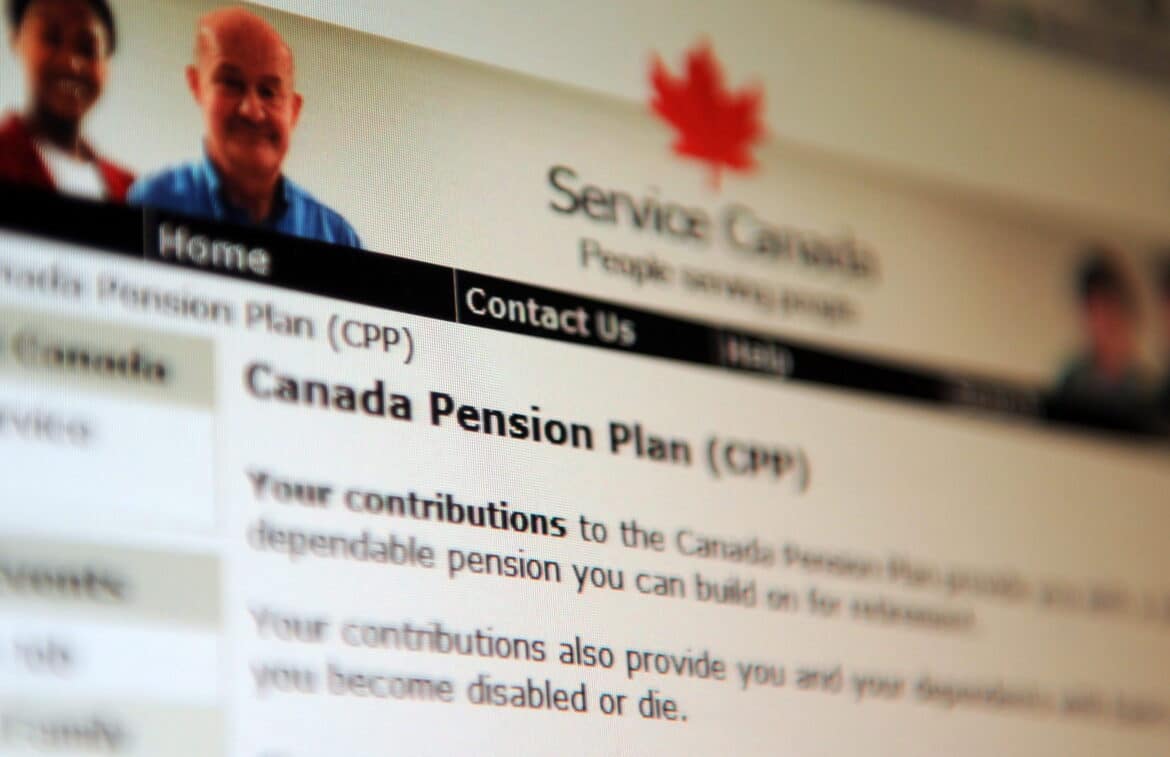By Ritika Dubey
The last paycheque from a decades-long career arrives next Friday and the nest egg you built during those working years will now turn into a main source of income. It can be a jarring switch from saving for retirement to spending in retirement.
Financial experts say that transition is a process.
People need to psychologically prepare for retirement, says Kurt Rosentreter, senior financial adviser at Manulife Wealth.
“It’s not just stop one day and all of a sudden, start living off your savings,” he said.
Forecasting how much money you’ll need for the next two to three decades and figuring out how to spend that money in your golden years can be challenging.
Rosentreter said setting up a plan for retirement spending starts at least two years before bowing out of the job.
That means knowing your cost of living, tax impacts and how to live off passive investment income or rental property income for the rest of your retired life.
“All of a sudden, your food money and everything else — your fund money — is now tied to the stock market, bond market, politics, economics, tax rates,” Rosentreter said.
“That’s pretty intimidating.”
Having confidence in your planned retirement cashflows is crucial when switching from saving to spending mode — and helps maintain calm when stocks and bonds aren’t doing well, Rosentreter said.
“A written plan that says, ‘Here’s how much you have, here’s how you will access it over the next month, next year, next 10 years, the rest of your life,'” Rosentreter said.
Rosentreter asks his clients to split their costs of living into four categories — fixed core costs such as shelter, utility bills, gas and food; fixed variable costs such as birthday gifts; discretionary expenses such as dining out and luxury costs such as driving an expensive SUV.
“You start with the mathematics of what their cost of living is,” he said. “You can’t head into retirement without the numbers.”
Rosentreter then helps forecast cash flows to age 100 with all the information on expenses and income, he said.
Marlene Buxton, the principal fee-only certified financial plannerat Buxton Financial for Retirement, agrees that having a plan is important in reducing the stress of spending.
People often move a large amount of money into a checking account and spend from that, she said. “But when that happens, watching the value decrease each month, it’s not psychologically good.”
Deciding which pot to tap into first depends on a person’s retirement goals, Buxton said.
For example, if a person has a locked-in retirement account, Buxton recommends moving it to a life income fund upon retirement and drawing income from it every month. A retiree can also withdraw a minimal amount from a registered retirement fund to supplement their income. Other income sources can be defined benefit pension plans and tax-free savings.
Then, move to CPP and OAS at age 70, she added.
Even when people think they have ample savings, there’s a level of stress and some even begin to limit their day-to-day spending, Buxton said. But day-to-day spending is not what puts a dent in savings, she added.
“It’s the larger decisions around how long before downsizing or when to begin certain benefits such as CPP or OAS or what age to retire,” that affects retirement cash flow, she said.
Rosentreter said retirees need to revisit their cash flow plans once a year and gauge their progress.
“You need some kind of dashboard that isn’t just investment statements that come at the end of the month and show you (whether you’re) up or you’re down,” he said.
Financial plans can also change if someone gets divorced, widowed, or has health issues, Rosentreter said.
“Whatever the factors are, you just have to kind of work that into the mathematical calculations,” he said.
“In the end, it’s putting all this on a spreadsheet and working with it and moving the numbers back and forth to see where it works based on what starts the conversation,” Rosentreter said.



